توضیحات
ABSTRACT
Regional designing is a strategic design approach in landscape architecture that envisions desirable future situations for regions in which the spatial situation is under pressure. This paper studies the principles that regional designers use to structure and organize their design process. The regional design principles highlight the xtremely ill-defined, unstructured and volatile design situations that regional designing engages with. Moreover, the study reveals that the design process is an inextricable part of the broader process of change it aims to contribute to. This draws attention to a dynamic perspective in designing, to the interaction with stakeholders, to the position of the designer in the design process, and it calls for a (re)new(ed) culture in design.
INTRODUCTION
In landscape architecture, regional designing is a form of large scale spatial design that develops visions and long-term perspectives for re- gions in which the existing spatial form and function are under pressure and need to be adapted. Such spatial situations are often ill defined and call for structural change. Regional designing envisions the possible and desirable future arrangement of settlements, infrastructures, water features, nature reserves and other land uses in a region, including the relationships between them, their aesthetic appearance, and how this can be realized in the future
(Kempenaar, Westerink, Van Lierop, Brinkhuijsen, & Van den Brink, 2016, p. 21). It is a form of design that engages with strategies and societal issues, such as adapting to climate change (Brand, Kersten, Pot, & Warmerdam, 2014; Wilson, 2006), transition to renewable energy sources (De Waal & Stremke, 2014; Stremke & Koh, 2010), or structural demographic changes (Kempenaar, Van Lierop, Westerink, Van der Valk, & Van den Brink, 2016; Sousa & Pinho, 2013).
چکیده
طراحی منطقه ای یک رویکرد طراحی استراتژیک در معماری منظر است که موقعیت های آینده مطلوب را برای مناطقی که وضعیت فضایی تحت فشار هستند فراهم می کند. این مقاله اصولی را که طراحان منطقه ای برای ساختار و سازماندهی فرآیند طراحی آنها مورد مطالعه قرار می دهند، بررسی می کند. اصول طراحی منطقه ای، موقعیت های طراحی بسیار بد تعریف شده، غیر ساختاری و فرار را که طراحان منطقه ای با آن مشارکت دارند، برجسته می کند. علاوه بر این، مطالعه نشان می دهد که روند طراحی بخش غیرقابل انطبابی از روند گسترده تر تغییر است که هدف آن کمک به. این توجه را به یک چشم انداز پویا در طراحی، تعامل با ذینفعان، و موقعیت طراح در فرایند طراحی جلب می کند و برای فرهنگ جدید (مجدد) در طراحی طراحی شده است.
مقدمه
در معماری منظر، طراحی منطقه ای، یک شکل از طرح فضایی گسترده ای است که دیدگاه ها و دیدگاه های بلند مدت را برای مناطقی که شکل و عملکرد فضایی موجود تحت فشار هستند و نیاز به تطبیق دارند، توسعه می دهد. چنین موقعیت های فضایی اغلب بیمار تعریف شده و خواستار تغییر ساختاری هستند. طراحی منطقه ای امکان آرام سازی و آرام سازی آینده شهرک ها، زیرساخت ها، ویژگی های آب، ذخایر طبیعت و سایر کاربردهای زمین در منطقه را شامل می شود، از جمله روابط بین آنها، ظاهر زیبایی شناختی و چگونگی تحقق آن در آینده
(Kempenaar، Westerink، Van Lierop، Brinkhuijsen، و Van den Brink، 2016، ص 21). این یک فرم طراحی است که با استراتژی ها و مسائل اجتماعی مانند اقتباس با تغییرات آب و هوایی (Brand، Kersten، Pot، & Warmerdam، 2014؛ Wilson، 2006)، انتقال به منابع انرژی تجدید پذیر (De Waal & Stremke، 2014؛ Stremke & Koh، 2010) یا تغییرات جمعیتی ساختاری (Kempenaar، Van Lierop، Westerink، Van der Valk، & Van den Brink، 2016؛ Sousa & Pinho، 2013).
Year: 2018
Publisher : ELSEVIER
By : Annet Kempenaar and Adri van den Brink
File Information: English Language/ 16 Page / size: 156 KB
سال : 1396
ناشر : ELSEVIER
کاری از : Annet Kempenaar و Adri van den Brink
اطلاعات فایل : زبان انگلیسی / 16 صفحه / حجم : KB 156


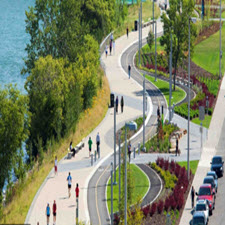
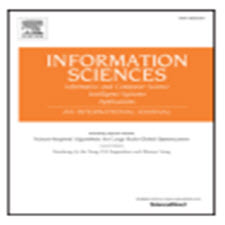
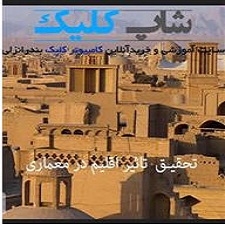
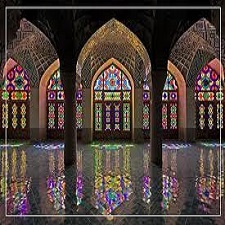
![MesoCity Tehran Workshop Art, Ecology and the City[taliem.ir]](https://taliem.ir/wp-content/uploads/MesoCity-Tehran-Workshop-Art-Ecology-and-the-Citytaliem.ir_.jpg)

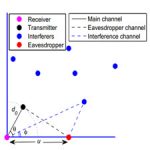

نقد و بررسیها
هنوز بررسیای ثبت نشده است.